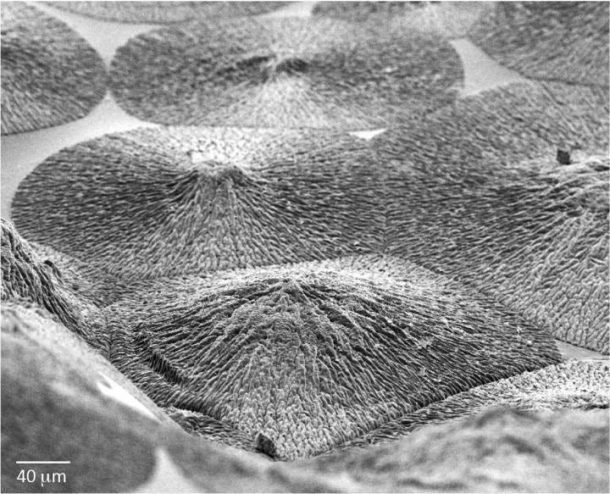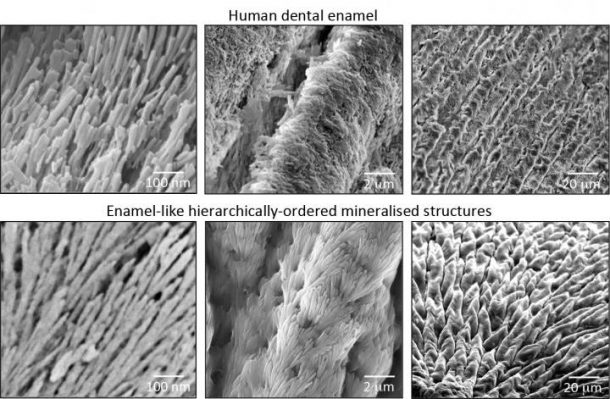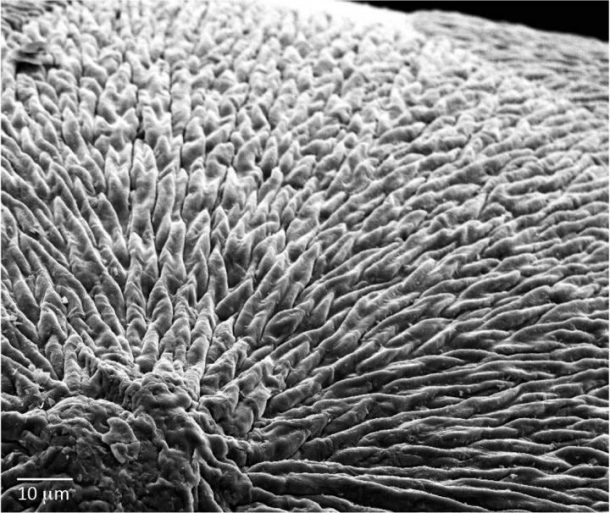The Queen Mary University of London is leading a team of scientists that has discovered a new method to grow synthetic mineralized materials. This means paving the way to mimic the growth of hard tissues like dental enamel and bone.
The enamel covering our teeth is a richly mineralized substance that is much stronger than it looks. The coating degrades over time and keeping a healthy coating is one of the biggest challenges modern dentistry is faced with. The same is the case for all other branches of medicine when it comes to tissue that does not regenerate.

Researchers have been actively working to stimulate enamel regeneration for the past few years and have developed a number of potential techniques. This latest development is different from all those techniques. It exploits a protein material that can facilitate the growth of apatite nanocrystals in such a way that their structure is similar to the dental enamel.
This latest technique gives researchers the power to direct a synthetic nanomaterial to mineralize in such a controlled manner that results in the creation of synthetic structures that resemble a variety of hard tissues.

“The key discovery has been the possibility to exploit disordered proteins to control and guide the process of mineralization at multiple scales,” explains Alvaro Mata, lead author on the study. “Through this, we have developed a technique to easily grow synthetic materials that emulate such hierarchically organized architecture over large areas and with the capacity to tune their properties.”
The latest research indicates that these ordered mineralized structures can be used to make strong and hard membranes or coatings over native tissues. It was initially thought to help in dentistry with enamel formation but could be applied in a number of cases including repairing bones.

“This is exciting because the simplicity and versatility of the mineralization platform opens up opportunities to treat and regenerate dental tissues,” says first author on the study, Sherif Elsharkawy. “For example, we could develop acid resistant bandages that can infiltrate, mineralize, and shield exposed dentinal tubules of human teeth for the treatment of dentin hypersensitivity.”
It truly is a great day for medical science.


